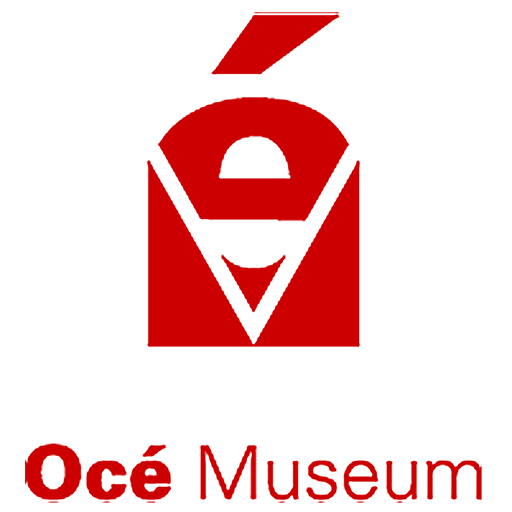Story #4: Copies for everyone
By the middle of the 20th century, millions of people around the world are employed in offices. Businesses are driven by information captured on documents. And documents need to be copied. Various copying technologies are introduced to the market, primarily from Japanese and US manufacturers.
Then, in the 1970s, a European player enters the market. Océ introduces a unique, technology that provides a highly reliable and virtually trouble-free process for copying onto plain paper. The concept is based on a zinc-oxide (ZnO) photoconductor and a transfer-transfuse belt which transfers dry, black toner onto paper to create the image.
Over the years, the company has developed considerable expertise in diazo technology for the copying of drawings. It now applies this knowledge in its new plain paper technology for the copying of office documents.
The result is productive Océ copiers especially suitable for high-volume copying requirements in business, education and government. Various models are introduced in rapid succession, offering an increasing range of applications and ever greater productivity.
Océ achieves considerable market share in Europe, and even enters North America, the world’s largest single market for office copying.
Ultimately, the Océ plain paper technology is applied in both office and wide format systems. Many thousands of Océ copiers and printers, and many tons of Océ-manufactured toner, are sold around the globe. The company prospers.
1973 2002
Production of ZnO photoconductors

